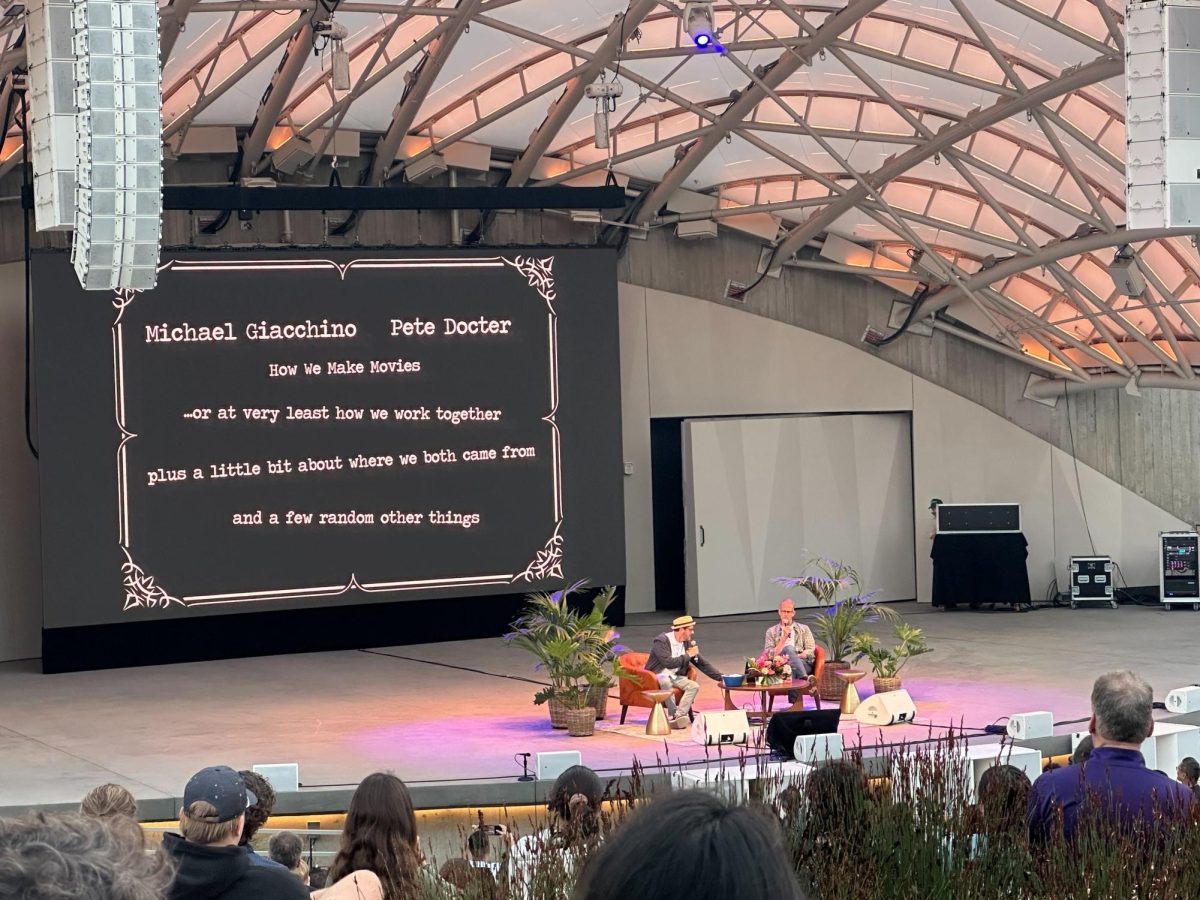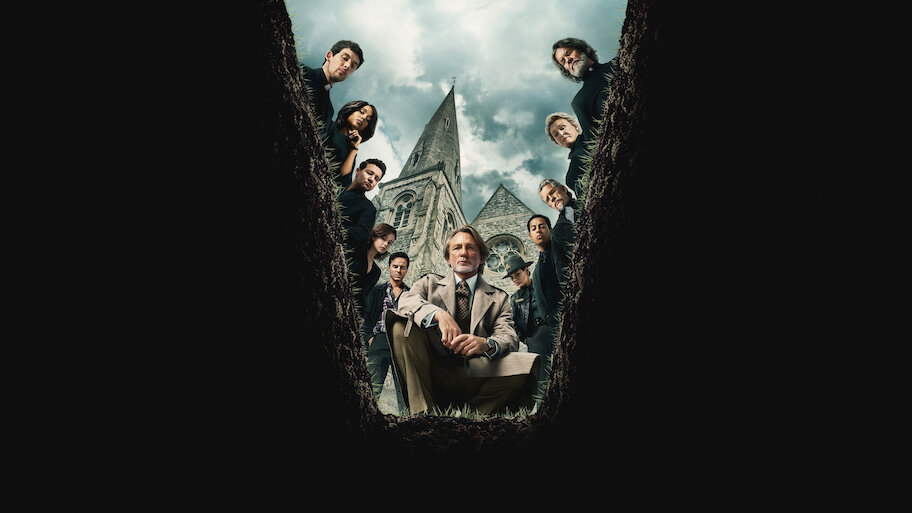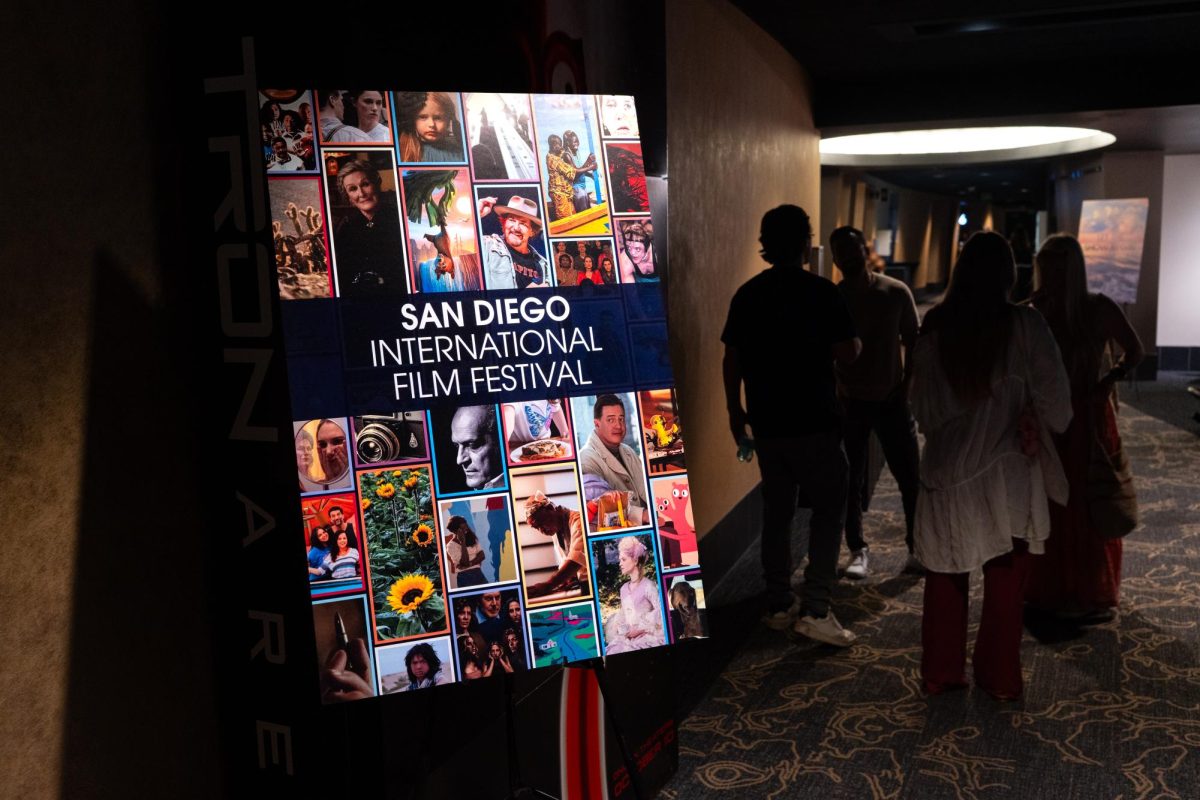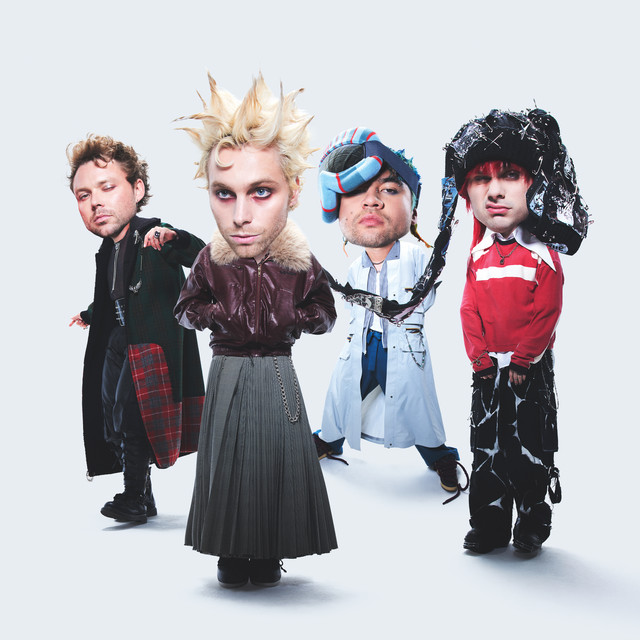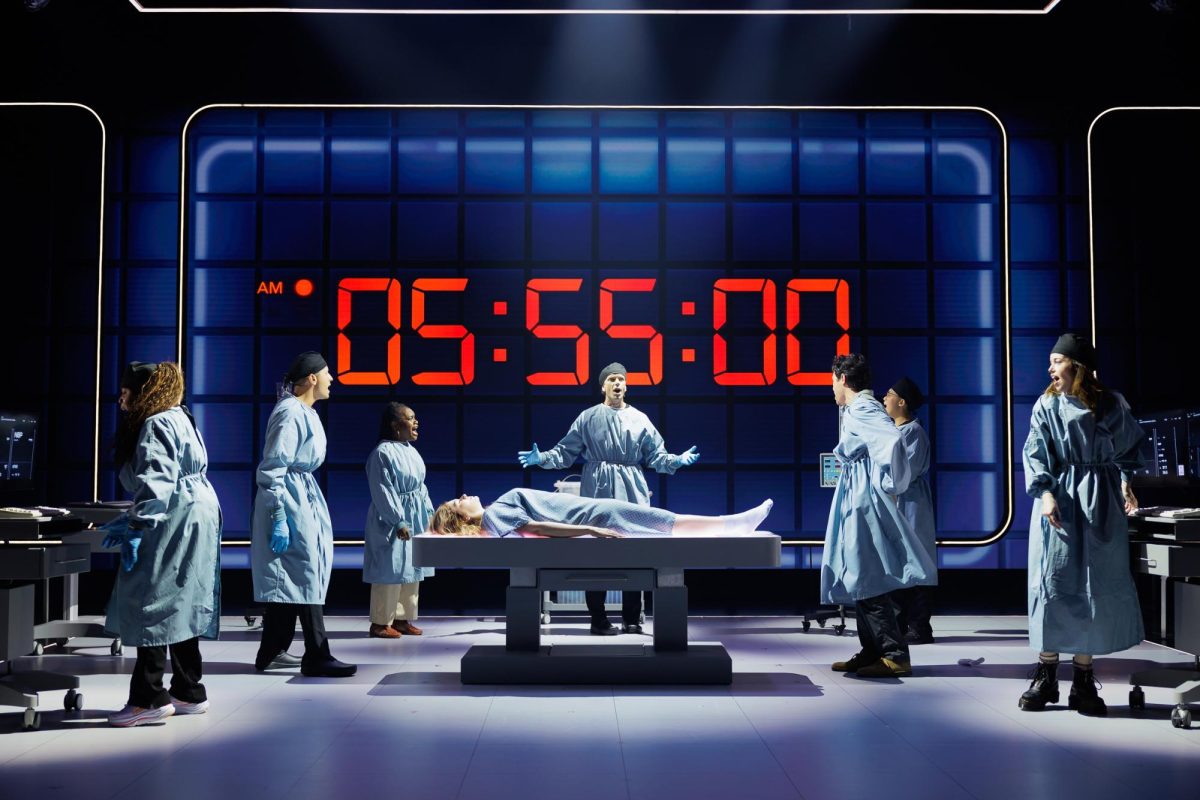This past July, ArtPower at UC San Diego hosted its second annual Science of Story experience — a week of concerts, workshops, and film screenings dedicated to the importance of storytelling. On July 23, Pixar’s Chief Creative Officer Pete Docter and composer Michael Giacchino spoke on the art of music, storytelling, and animation at the Epstein Family Amphitheater.
As an avid Pixar nerd — my ninth birthday cake was even themed around “Inside Out,” my favorite movie at the time — who eagerly anticipates the release of each new film, I geeked out for all 90 minutes of the event. Excited to learn more about the process of movie-making and ready to honor my young self by meeting some of the most pivotal minds behind a studio I’ve always loved, I am happy to report that the talk was both insightful and intriguing.
Giacchino has been a Pixar mainstay since 2004, writing and composing for seven of the studio’s films since then, including “Ratatouille,” “Up,” and “Coco.” Giacchino began his career scoring video games and TV shows, and always idolized Randy and Thomas Newman — Pixar’s resident composers for the studio’s first five films. When Giacchino himself made his way to Pixar, scoring his first feature film, Brad Bird’s “The Incredibles,” he felt the pressure to live up to the Newmans’ legacy. And based on how often I have “The Incredibles” score on repeat, it’s safe to say that he certainly did.
Although Giacchino has developed significantly in his career — he’s even begun making forays into directing for television — he has continued to work with Pixar, most recently scoring 2022’s “Lightyear.” When asked what makes Pixar so special, Giacchino responded, “Artists supporting artists. That is really key to so much of what we do, that understanding, that ‘I understand what it’s like to be in your shoes, you understand what it’s like to be in my shoes, even though we do completely different things,’ and we’re there for each other unequivocally every step of the way.”
One of those supportive artists is Docter, who has been Pixar’s CCO since 2018, and started at the company back when it made only short films. In that pre-“Toy Story” — Pixar’s first feature-length film — era, Docter worked as a writer, animator, and musician, learning the ins and outs of filmmaking. Eventually, in 2001, he made his directorial debut with the iconic “Monsters Inc.,” another personal favorite and a critical success that led to him directing three more films for Pixar, including the poignant “Inside Out.”
Reflecting on his experiences in the industry, Doctor shared some valuable lessons he’s learned about filmmaking over the years. “I think a lot of people feel as though maybe the way movies work is that there are these geniuses like Walt Disney or Miyazaki, and they just come up with ideas,” Docter said. “But really, the truth is, the way it appears is a gray, fuzzy blob, and slowly, over time, the blob starts to come into focus.”
When explaining how he personally comes up with ideas for his films, Docter shared how his personal life often inspires the direction of his filmmaking.
“We’re a product of our experiences, and we are who we were,” Docter said. “Inside Out,” for example, was inspired by Docter’s own daughter Ellie, and why her childhood joy and energy seemed to fluctuate as she got older. As someone who has always been interested in storytelling, both in a written and a visual format, Docter’s musings here particularly stood out to me.
Docter explained that once an idea forms enough in the director’s mind, the team starts development: writing, drawing, and eventually, storyboarding. Then, filmmakers add in sound, music, and dialogue — where Giacchino comes in — and finish with editing.
The later stages of the creative process are key to making a movie emotionally impactful: “Every film has a visual language that helps tell its story, right?” Giacchino said. “So my job concerns, really, what do you feel? Not so much what you’re seeing, it’s what you are feeling.”
Giacchino, whose grandfather was a tailor, thinks of music as a “suit” for a movie — his job is to tailor it perfectly to the movie’s subject. “When I’m writing music for something, I want music that only fits this particular film,” Giacchino shared. “So the music in ‘Inside Out,’ you can’t necessarily use in ‘The Incredibles,’ and [the music in] ‘The Incredibles,’ you can’t really use in ‘Ratatouille.’”
Giacchino’s number one tip to writing music? “Drawing from one’s own experiences,” Giacchino said, recounting a time when his dad confronted a neighborhood kid causing mischief. “I remember looking at my dad and thinking, ‘Oh my god, my dad is Batman.’ And it was such a real feeling. Everything is referenced by these things that I loved growing up, and these sorts of instances, these life experiences, are what inspired me to make music.”
Pixar’s movies go through hundreds of hours of development and labor behind the scenes, even after the project appears to be finalized. One crucial element of Pixar’s creative process is the “braintrust,” a small collection of Pixar’s leadership team that regularly meets to screen and review each new film at multiple stages of development, to ensure the movies become the best they can be.
“Usually, when I show this to people and tell them this is our process, they have one question: ‘Why don’t you just do it once and get it right?’” Docter said. “Well, of course, because we know we’re going to be wrong, and we need a process that allows for those mistakes, because otherwise, you’ll just revert to stuff that you already know, and so you need to shove yourself out there and put yourself in the spotlight and make mistakes.”
For example, Docter noted that an early draft of “Inside Out” paired Joy with Fear, a decision that was quickly reversed. Specifically, the braintrust determined there was no lesson for Joy to learn in this version of the story as compared to the final film, where Joy learns from Sadness that it’s okay to embrace sadness every once in a while — a lesson that I routinely remind myself of even in adulthood.
As a writer myself, Giacchino and Docter’s insights offered numerous lessons about collaboration, creativity, and compassion. I walked into the Epstein Family Amphitheater that evening ready to learn more about the filmmaking process for some of my favorite movies and walked out with the urge to create something of my own. It may have been a decade since my initial “Inside Out” frenzy, but the emotional impact that Pixar movies had on me continues to live on.
Sohn/Kind Addendum:
Docter and Giacchino’s conversation concluded with an existential Q&A featuring two more members of Pixar royalty: Richard Kind, who voiced Bing Bong in “Inside Out,” and Peter Sohn, who both acted in and directed multiple Pixar movies, including “Elemental,” “Monsters University,” and “Ratatouille.” The quartet of Pixar alumni answered questions about the proper way to execute a strong concept, protecting good ideas from being trampled on, and how the team conducts research for a movie. Assorted are a few of their most profound remarks.
On the moral ramifications of creativity:
“I always feel like if I put any sort of parameters on creativity, they can get dangerous.” — Peter Sohn
On living life to the fullest:
“I tell my kids that life is all about making memories, something to talk about with your friends around the dinner table. Just make a memory, and it will lead to something that makes you better.” — Richard Kind
On knowing what to cut from a film:
“If it’s a good idea, it always comes back. It’s like one of those magic birthday candles; it gets blown out, but if it’s a great idea, it will just spark up again.” — Peter Sohn
On the power of Pixar movies:
“I think of Pixar movies as never having to be remade. I think you get what is perfection when it’s released.” — Richard Kind



